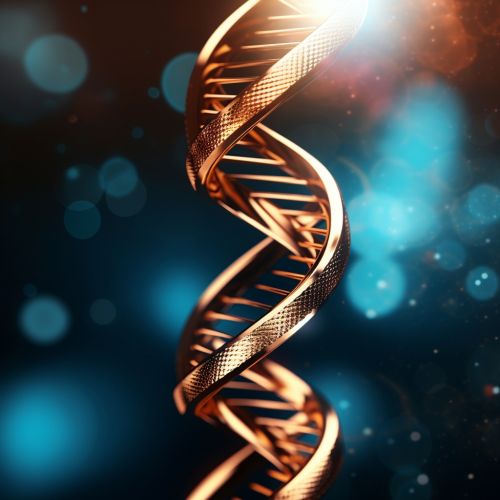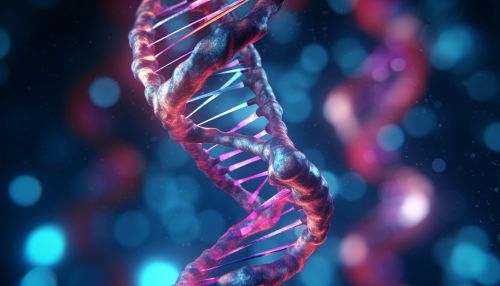Fitness (biology)
Overview
Fitness in biology refers to the reproductive success of an organism and its ability to pass on its genes to the next generation. It is a central concept in evolutionary biology, where it is used to predict the evolutionary success of an organism. Fitness is often quantified as the average number of offspring that an individual produces over its lifetime, but it can also be measured in terms of gene frequency change in a population over time.
Concept of Fitness
The concept of fitness in biology is rooted in the theory of natural selection, first proposed by Charles Darwin. According to this theory, individuals with traits that enhance their survival and reproductive success are more likely to pass on these traits to the next generation. This process of differential reproduction leads to changes in the genetic composition of a population over time, a process known as evolution.
Fitness is a measure of an organism's ability to survive and reproduce in its environment. It is not a measure of health or physical strength, as is often assumed in popular usage. Instead, fitness is a statistical concept, referring to how well an organism is adapted to its environment in terms of producing offspring that will also survive and reproduce.
Components of Fitness
Fitness in biology is composed of two main components: survival and reproduction. These two components are often intertwined, as survival is necessary for reproduction, and reproductive success often influences survival.
Survival
Survival fitness refers to an organism's ability to live long enough to reproduce. This aspect of fitness is influenced by an organism's ability to obtain resources, avoid predators, and withstand environmental challenges. For example, a deer that can run faster than others in its population may have a higher survival fitness because it is better able to escape from predators.
Reproduction
Reproductive fitness refers to an organism's ability to produce viable offspring. This aspect of fitness is influenced by an organism's ability to find a mate, produce offspring, and ensure the survival of these offspring to reproductive age. For example, a bird that can build a better nest than others in its population may have a higher reproductive fitness because its offspring are more likely to survive to reproductive age.
Factors Influencing Fitness
Several factors can influence an organism's fitness, including its genetic makeup, its environment, and its interactions with other organisms.
Genetic Factors
An organism's genetic makeup, or genotype, plays a crucial role in determining its fitness. Genes influence an organism's physical traits, or phenotype, which in turn influence its ability to survive and reproduce. For example, a gene that codes for a more efficient metabolism may increase an organism's fitness by allowing it to extract more energy from its food.


Environmental Factors
The environment in which an organism lives can also influence its fitness. Environmental factors such as temperature, food availability, and presence of predators can all affect an organism's ability to survive and reproduce. For example, a fish that is adapted to warm water may have a lower fitness if the water temperature drops, as it may be less able to find food or avoid predators.
Interactions with Other Organisms
Interactions with other organisms can also influence an organism's fitness. These interactions can be competitive, such as competition for food or mates, or cooperative, such as mutualistic relationships where both organisms benefit. For example, a plant that is pollinated by a specific insect may have a higher fitness if that insect is abundant, as it will be more likely to reproduce.
Fitness and Evolution
Fitness is a key concept in evolutionary biology, as it provides a measure of the evolutionary success of an organism. Organisms with higher fitness are more likely to pass on their genes to the next generation, leading to changes in the genetic composition of a population over time.
Fitness is not a fixed attribute of an organism, but rather a measure of its success in a specific environment at a specific time. As the environment changes, the fitness of different organisms can change. This dynamic nature of fitness is what drives the process of evolution, as organisms with traits that enhance their fitness in the current environment are more likely to survive and reproduce.
